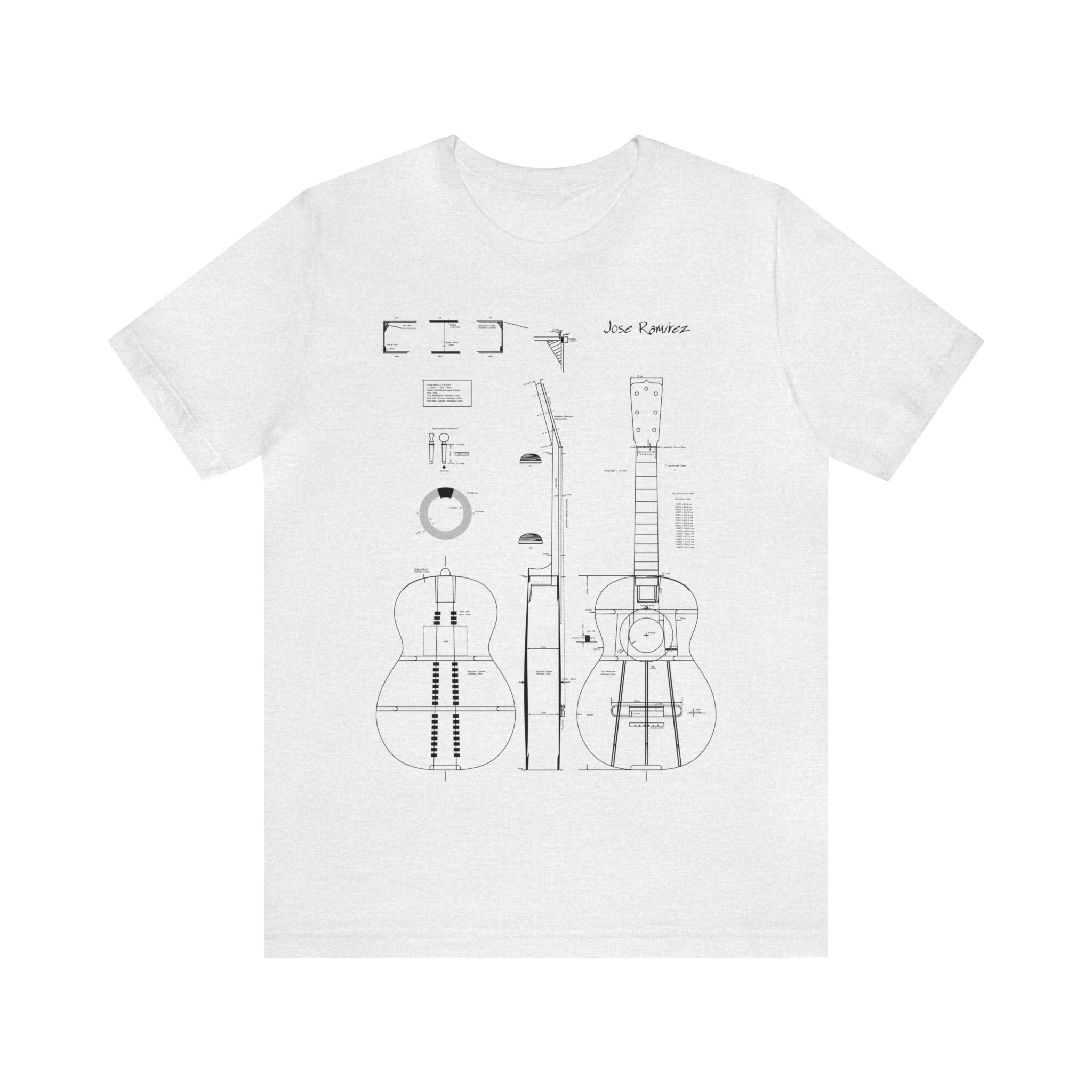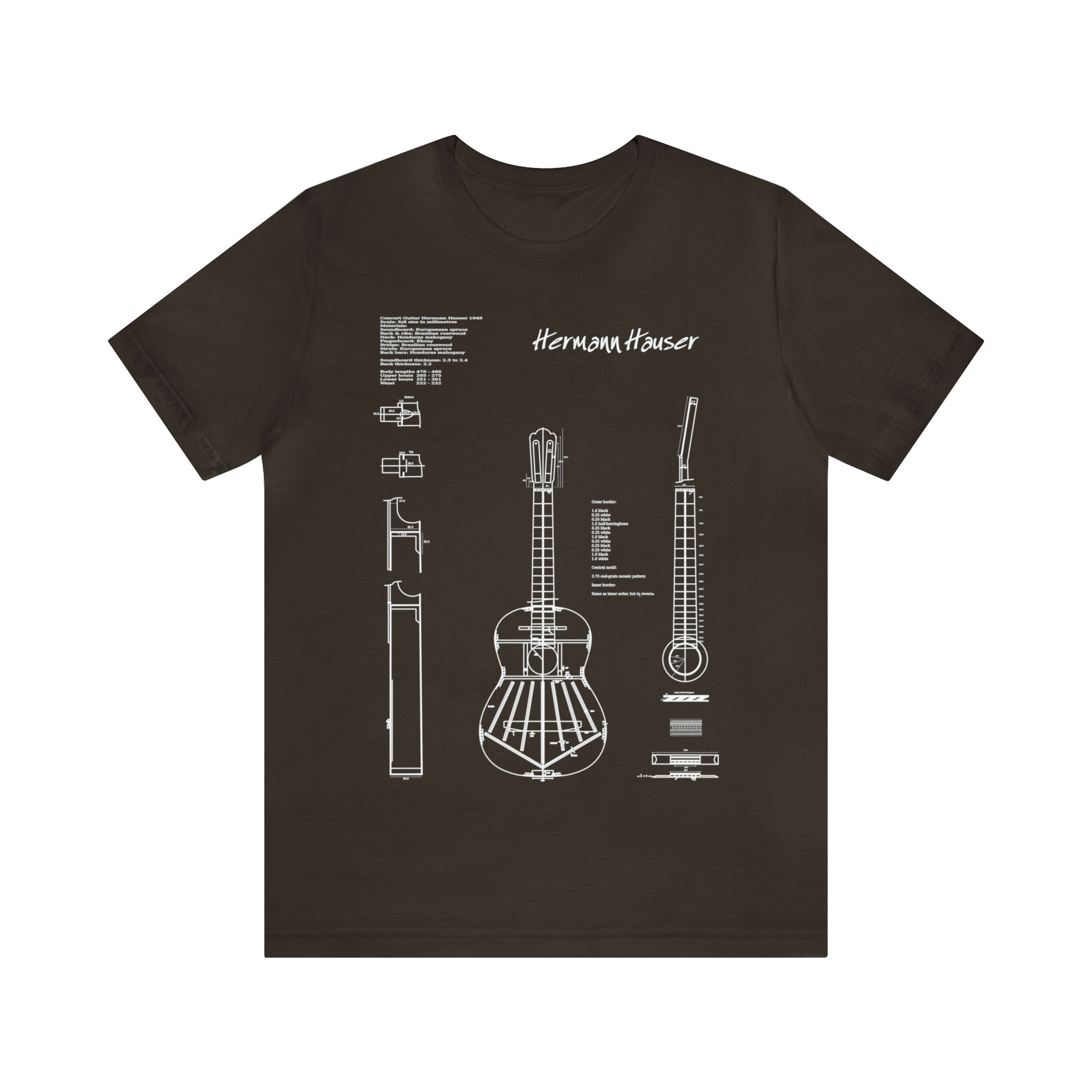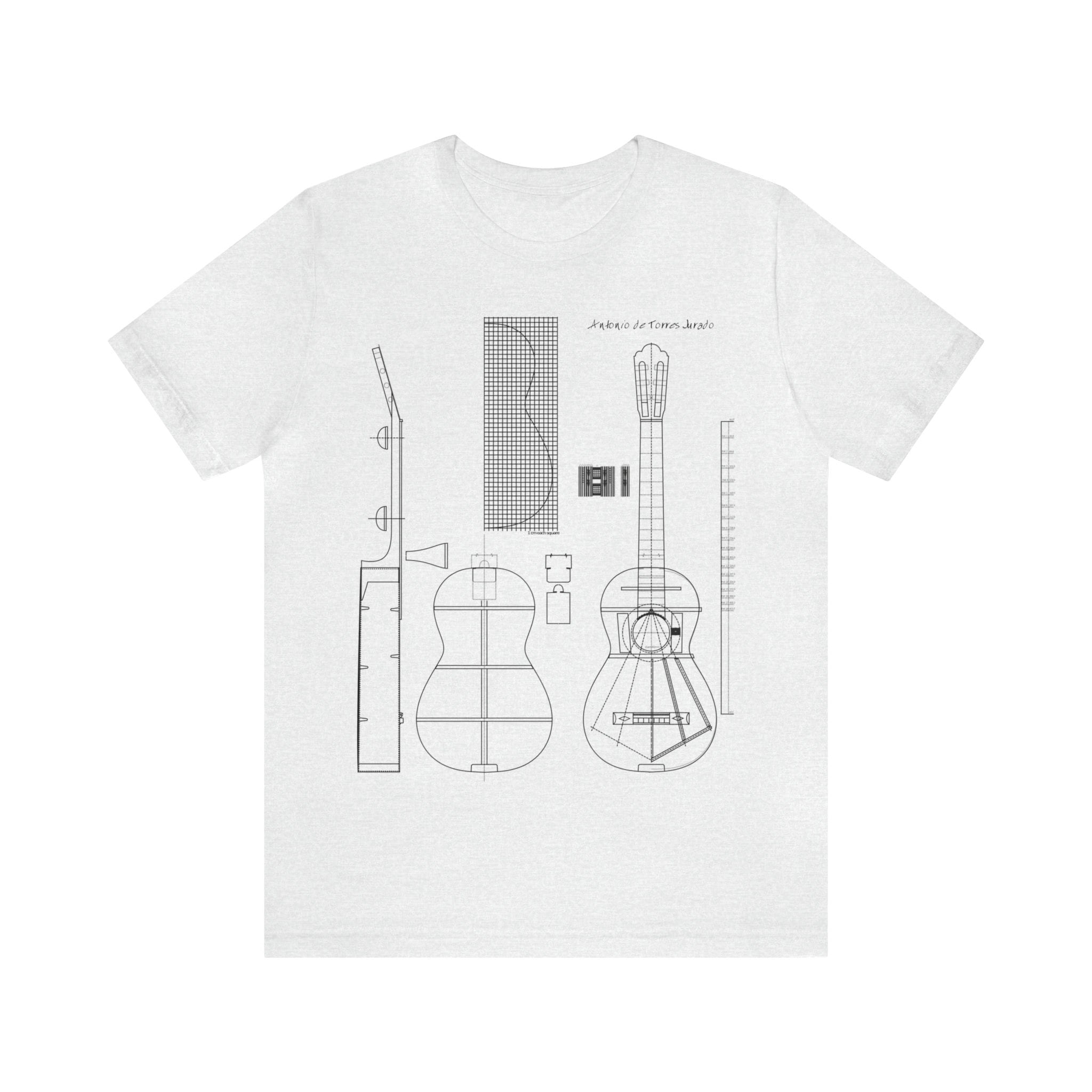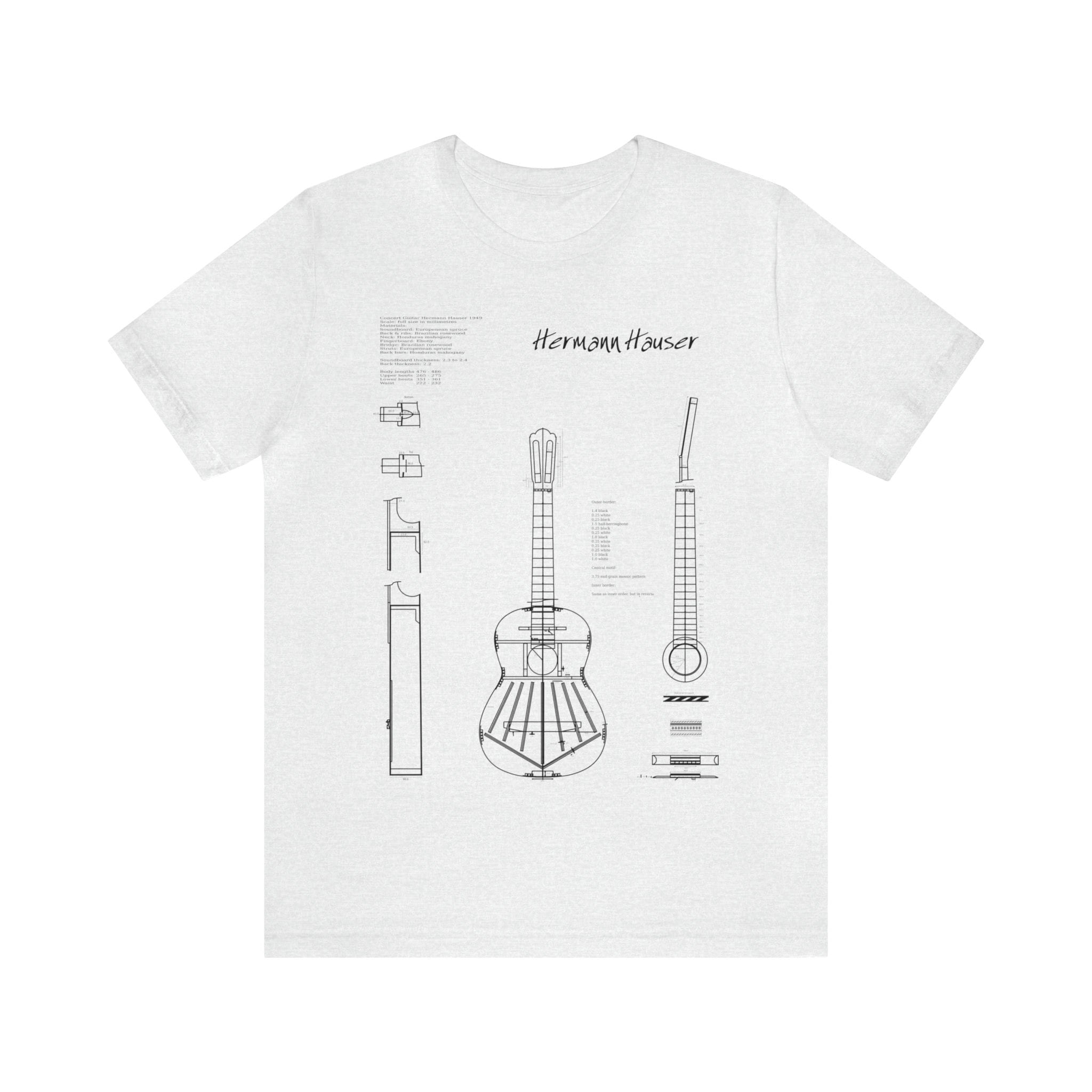When it comes to learning to play guitar, there is no shortcut or secret trick that will make you a great player overnight. Becoming a skilled musician takes time, practice, and dedication. However, there are certain exercises and techniques that can help you develop the skills and abilities needed to become a better player.
One important area of focus for guitar players is finger flexibility and dexterity. Being able to move your fingers quickly and accurately across the fretboard is essential for playing complex pieces of music. Fortunately, there are many exercises that can help improve your finger flexibility and dexterity, and with consistent practice, you can make significant progress in this area.
This exercise that is particularly helpful for improving finger flexibility involves a chromatic and diatonic scale on the same string, starting with the XIII position on the highest fret and working your way down.

The exercise can be challenging, especially if you are just starting out, but with time and practice, you will see improvements in your finger flexibility and dexterity.
To begin the exercise, place your first finger on the XIII fret on the sixth string, play a cromatic scale than a diatonic one. Whent playing ascending scale, playing a note with your first finger, you should keep that finger pressed down on the string as you play the next note with your second finger. You should then keep both fingers pressed down as you play the next note with your third finger, and so on.
From there, you will begin moving your first fingers down the fretboard changing the positions from XIII position to I position, play each note to ensure that it sounds clear and distinct.
You can continue this exercise as far down the fretboard as you like, but remember to start slow and gradually increase your speed as you become more comfortable.
Each note should be clear and well audible. If a note “buzzes” because the finger did not stay behind the fret or does not press enough, try to avoid going further and start again from a slightly higher position, being careful not to make a mistake.
While this exercise can be helpful for improving finger flexibility and dexterity, it’s important to remember that it’s just one small part of a larger practice routine. To truly become a skilled guitar player, you need to incorporate a variety of exercises and techniques into your practice routine, including scales, arpeggios, chord progressions, and various picking and strumming patterns.
In addition to practicing regularly, it’s also important to take care of your hands and wrists. Stretching exercises can help warm up your hands and fingers before playing, and taking breaks during practice sessions can help prevent overuse injuries. Remember to listen to your body and take care of yourself, so you can continue to enjoy playing guitar for years to come.
In conclusion, finger flexibility and dexterity are essential skills for any guitar player. While there are many exercises that can help improve these skills, it’s important to remember that consistent practice and proper technique are key to making progress. With dedication and hard work, you can improve your finger flexibility and become a better guitar player over time.
Classical Guitar






